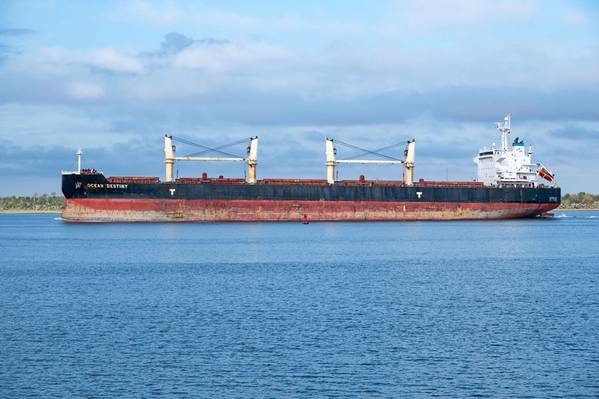Big Bulk Ship Rates Drop, again
November 27, 2024

Copyright Daniel/AdobeStock
The Baltic Exchange's dry bulk sea freight index, which tracks rates for ships carrying dry bulk commodities, fell to a near three-week low on Wednesday, pulled down by weaker capesize and panamax vessel rates.
- The index, which factors in rates for capesize, panamax and supramax shipping vessels, fell 72 points to 1,509 points, its lowest level since Nov. 8.
- The capesize index lost 210 points to 2,569 points, the lowest level in over two-weeks.
- Average daily earnings for capesize vessels, which typically transport 150,000-ton cargoes such as iron ore and coal, decreased by $1,747 to $21,302.
- Prices of iron ore futures strengthened for the third straight session on Wednesday, as firmer steel output outweighed a raft of weaker economic data in top consumer China.
- The panamax index lost 12 points to 1,044 points, down for the ninth session in a row.
- Average daily earnings for panamax vessels, which usually carry 60,000-70,000 tons of coal or grain cargo, shed $107 to $9,396.
- Among smaller vessels, the supramax index edged 3 points higher to 988 points.
(Reuters)




